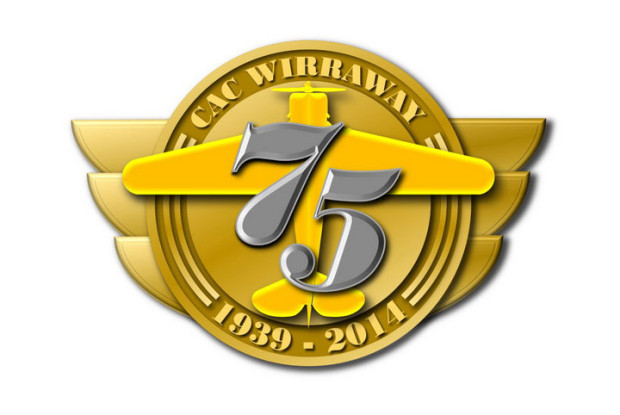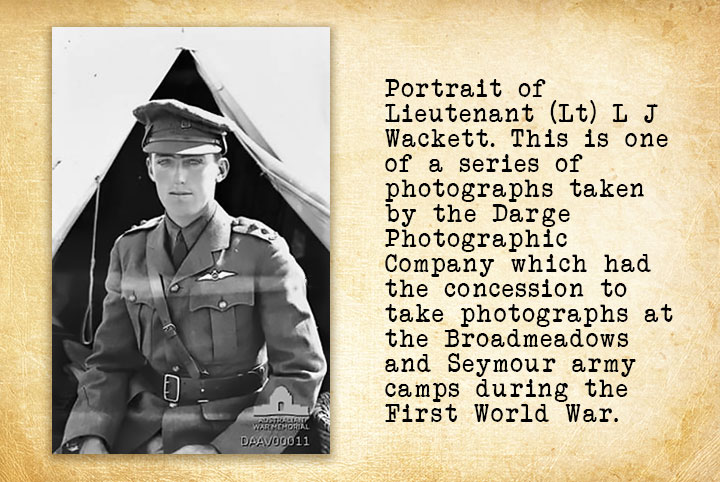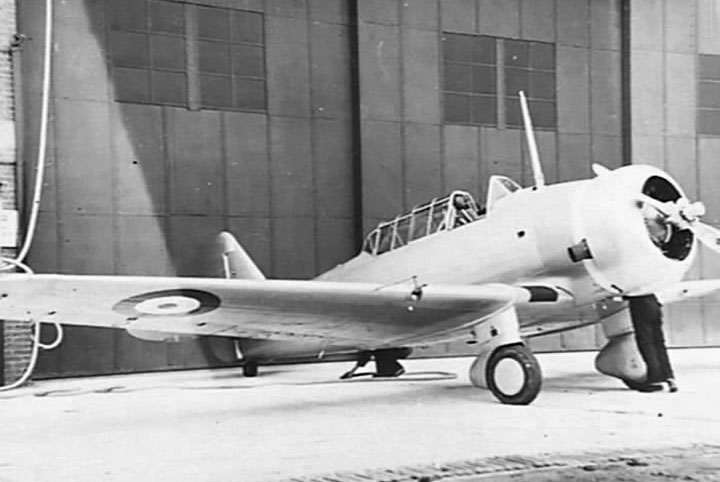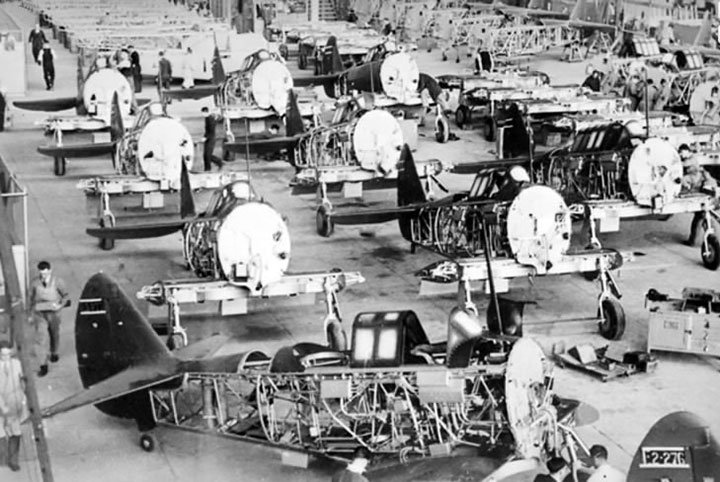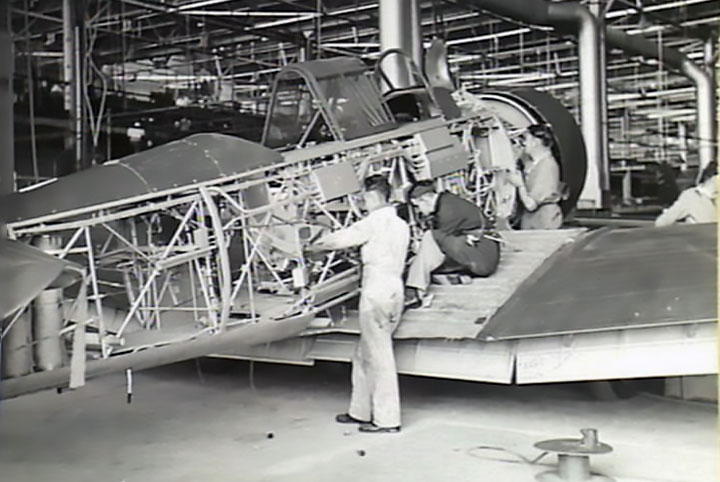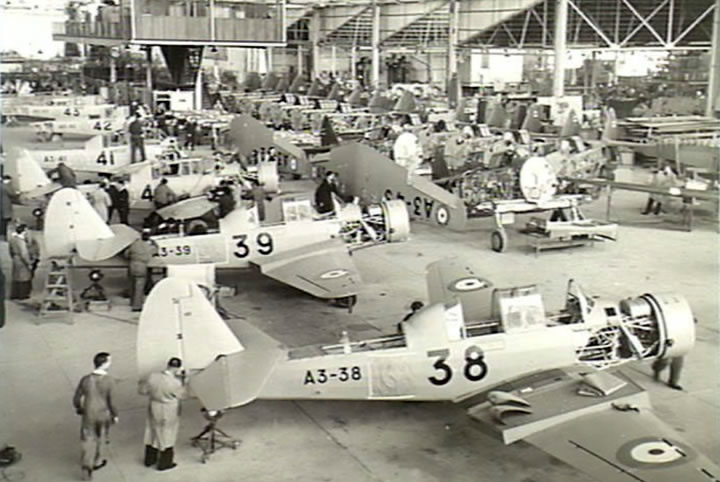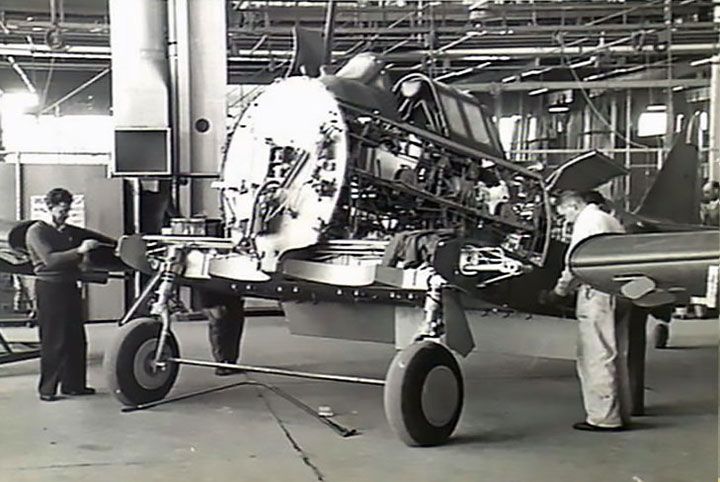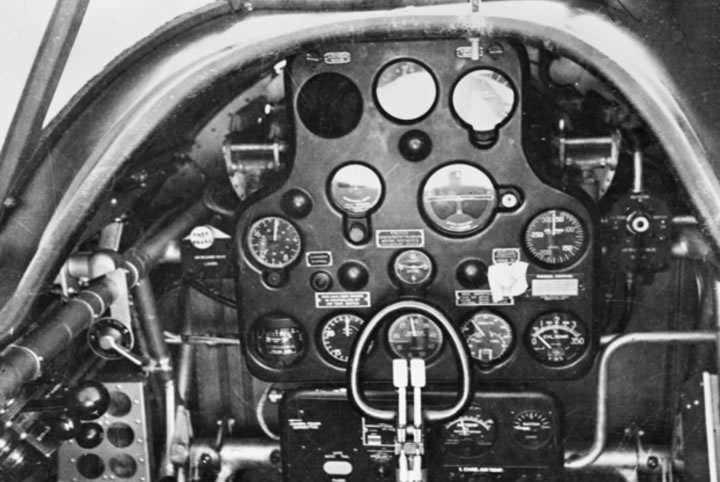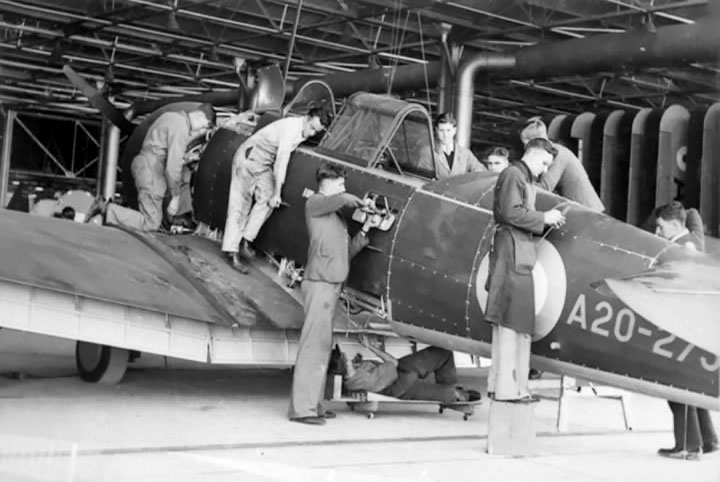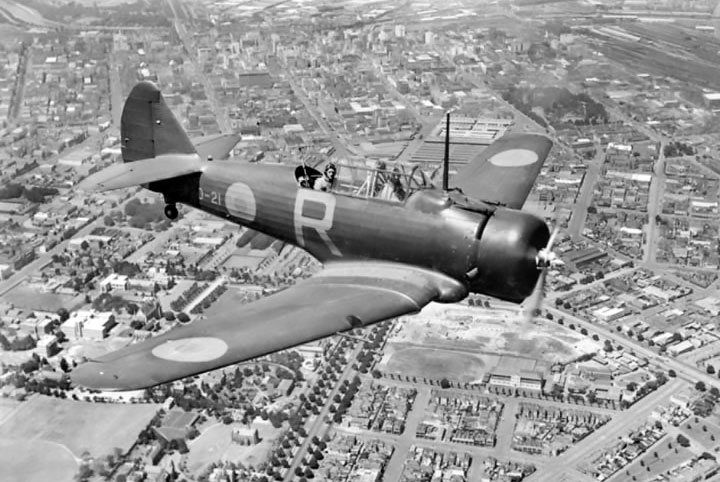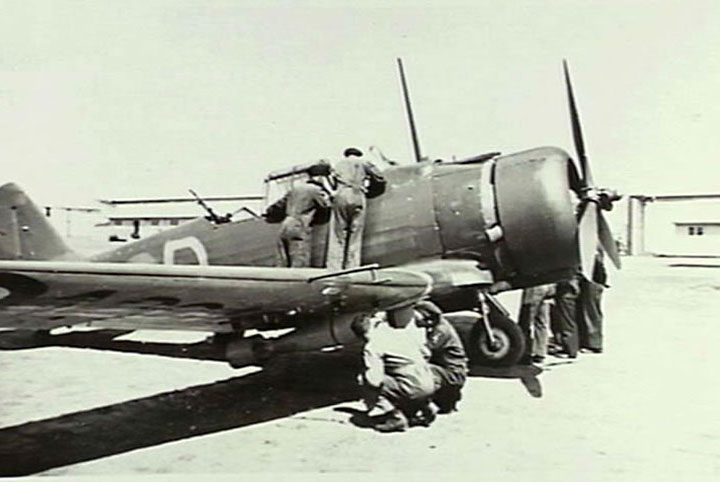March 27th 2014 marks the 75th anniversary of the first flight of the CAC Wirraway, an aircraft of immense significance to Australia. The mass-production of military aircraft in Australia was commenced by Commonwealth Aircraft Corporation (CAC) with the production of the Wirraway. Thousands of pilots carried out their advanced training in Wirraway aircraft at Service Flying Training Schools (SFTS) and went on to serve in the Royal Air Force (RAF) and Royal Australian Air Force (RAAF) during World War II. And in more recent years a Wirraway played a pivotal role in the emergence of the Warbird movement in Australia.
- Lt, L J Wackett
The Wirraway was a license-built version of the North American Aviation (NAA) BC-1 (NA-36) which included a number of adaptations requested by the RAAF. The design was selected following a global tour of aircraft manufacturers in 1936 by three RAAF officers (two of them retired and one serving), led by Wing Commander Lawrence Wackett. During the design selection process, CAC purchased two aircraft (the fixed undercarriage NA-16-1A and the retractable undercarriage NA-16-2K) and provided them to the RAAF for comparative flight tests. The NA-16-1A arrived in Australia in August 1937 and following assembly at Laverton, as the CAC plant was still under construction. It flew for the first time at on 3 September, exactly two years before war was declared on Germany by the United Kingdom and France. The NA-16-2K arrived in Australia in September 1937 and also flew shortly afterwards. The fly-off between the two designs confirmed the RAAF preference for the more advanced NA-16-2K and thus CAC arranged the production of this version of the Wirraway. CAC also incorporated the latest design improvements which had been made by North American Aviation in California resulting in NAA’s BC-1 design.
- NA-16 CAC test & evaluation
- CAC Wirraway assembly
- CAC Wirraway construction
- Wirraway construction
As well as sourcing a suitable design for production in Australia, the fledgling CAC organization undertook the massive task of constructing two new factories—one for Pratt & Whitney Wasp engines and one for Wirraway airframes, plus an airfield on a green-field site. They also set about developing an entire local supply-chain for thousands of parts, virtually from scratch. Selection of the site for the new factories became a matter of controversy when South Australian Premier Richard Butler suggested that certain Defence Force officials preferred a Melbourne location as they would not have to relocate from their current homes. However the site selection was the prerogative of the company, not the Department and CAC selected Fishermen’s Bend over possible sites at Newcastle and Port Kembla, NSW and Port Adelaide, South Australia. Construction of the factory and airfield was carried out by the same company who had recently constructed the GMH factory on a site nearby, considerably accelerating the project. Construction began in April 1937 and machinery was being installed by June. Both factories were ready for occupation by September.
- CAC Wirraway assembly
- Wirraway cockpit
CAC Wirraway first flight
The first CA-1 Wirraway, with CAC construction number 1, made its maiden flight on 27 March 1939 from Fishermen’s Bend, Victoria in the hands of CAC’s newly hired test pilot Hubert Boss-Walker. The first three production aircraft (A20-3, 4 and 5) were handed to the RAAF on 11 July to undertake a comprehensive set of service trials. Upon the successful conclusion of these trials the first four Wirraways to be officially delivered to the RAAF (A20-3, 6, 7 and 8) were handed over on 30 August 1939. By the outbreak of war on September 1939 CAC had delivered a total of seven Wirraways to the RAAF.
When it entered service the Wirraway was the fastest and most heavily armed aircraft in the RAAF inventory. New technologies such as stressed skin construction, constant speed airscrews and hydraulically operated flaps and landing gear were also introduced to the RAAF with the arrival of the Wirraway. CAC supported this technological step change by running training courses for hundreds of RAAF technicians. The CA-1 was a highly versatile aircraft, carrying a larger bomb load than the Avro Anson and capable of carrying out pilot training, bombing training (with a prone bomb-aiming position), air-to-air gunnery training, photography, drogue towing, dropping flares and picking up messages. They also carried the same radio fit-out as the Anson, allowing for short-range and long-range R/T communication.
- Wirraway fuselage assembly
- Wirraway A20-21RAAF
- CAC Wirraway-bombs fitted
Forty CA-1 Wirraways were followed by sixty CA-3 aircraft. Although they were almost identical to the CA-1 aircraft, a series of minor design and equipment changes resulted in the CA-3 aircraft being differentiated as “Mark II” Wirraways. Eventually all Mark I Wirraways were transferred to training schools and Mark II aircraft were allotted to service squadrons upon delivery.
Further orders for Wirraways resulted in contracts for CA-5, CA-7, CA-8 and CA-9 aircraft which were all broadly similar to the CA-3 and were all known as Mark II aircraft. With the final contract for CA-16 aircraft further minor design changes were incorporated into a new specification and these aircraft were again differentiated as Mark III Wirraways. The most significant design change in CA-16 aircraft was the incorporation of air-brakes for dive-bombing into the aircraft straight from the factory. Sets of these “dive bomber” wings had previously been built under the designation of CA-10A and retrofitted to earlier production aircraft. Wirraway production was continuous from the first delivery of CA-1 aircraft in August 1939 until the delivery of the final CA-9 aircraft (A20-622) in June 1942. The CA-9 contract was expected to be the end of Wirraway production, but another order was placed to cover wastage until the end of June 1945, resulting in CA-16 deliveries from November 1943 until July 1946 when CA-16 A20-757, the last of 755 Wirraways built by CAC, was delivered to the RAAF.
© Derek Buckmaster 2014
![]() Images courtesy Australian War Memorial.
Images courtesy Australian War Memorial.
75th Anniversary logo © Derek Buckmaster.

